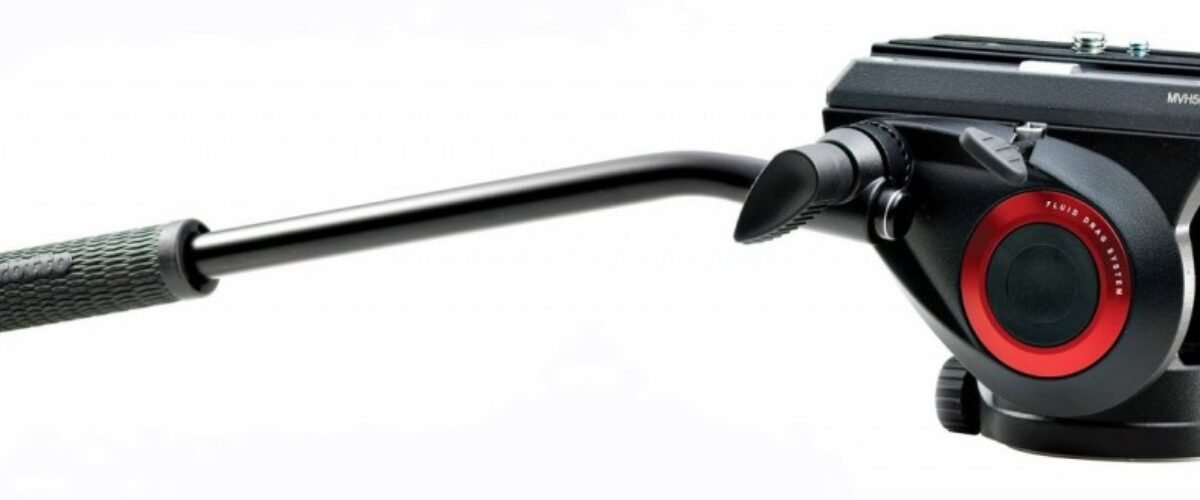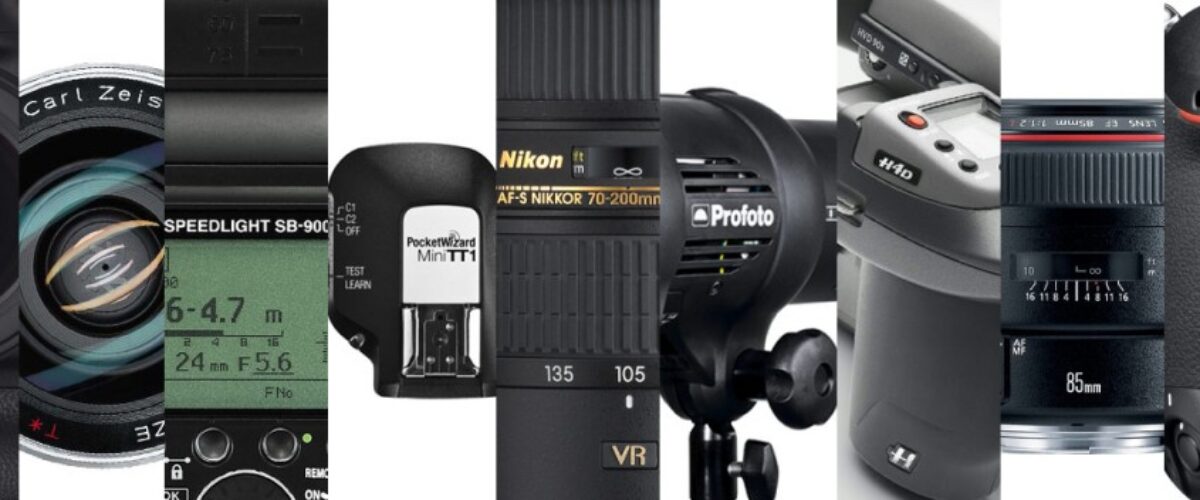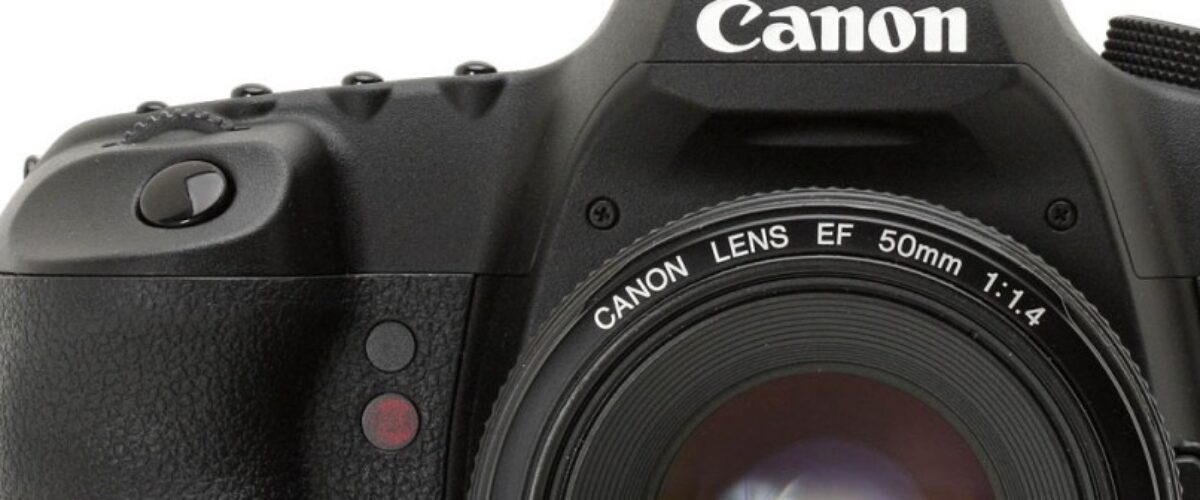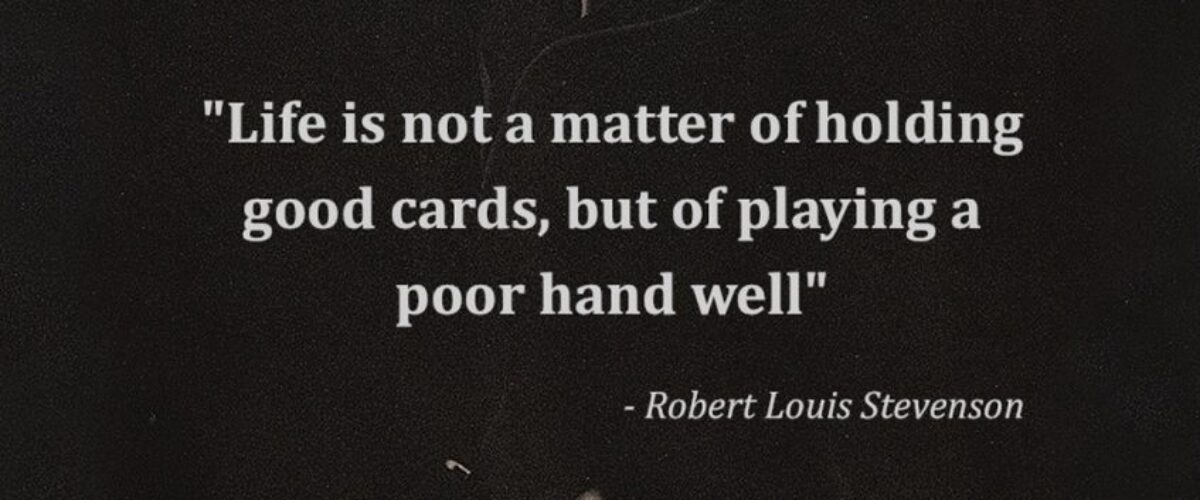Lessons Learnt: The Video Edition
I’ve been shooting a fair amount of video of late and I’ll be the first to admit I am having to scale quite a learning curve. Aside from the obvious, there are a lot of differences between shooting still and moving images. Some of this might seem a bit obvious, but if your experiences with video are anything like mine they aren’t obvious until you come up against them. Hopefully by sharing a few of my epiphanies, I can save you some time or money. Here we go: Shoot lots of footage Shoot more than you think you could […]



